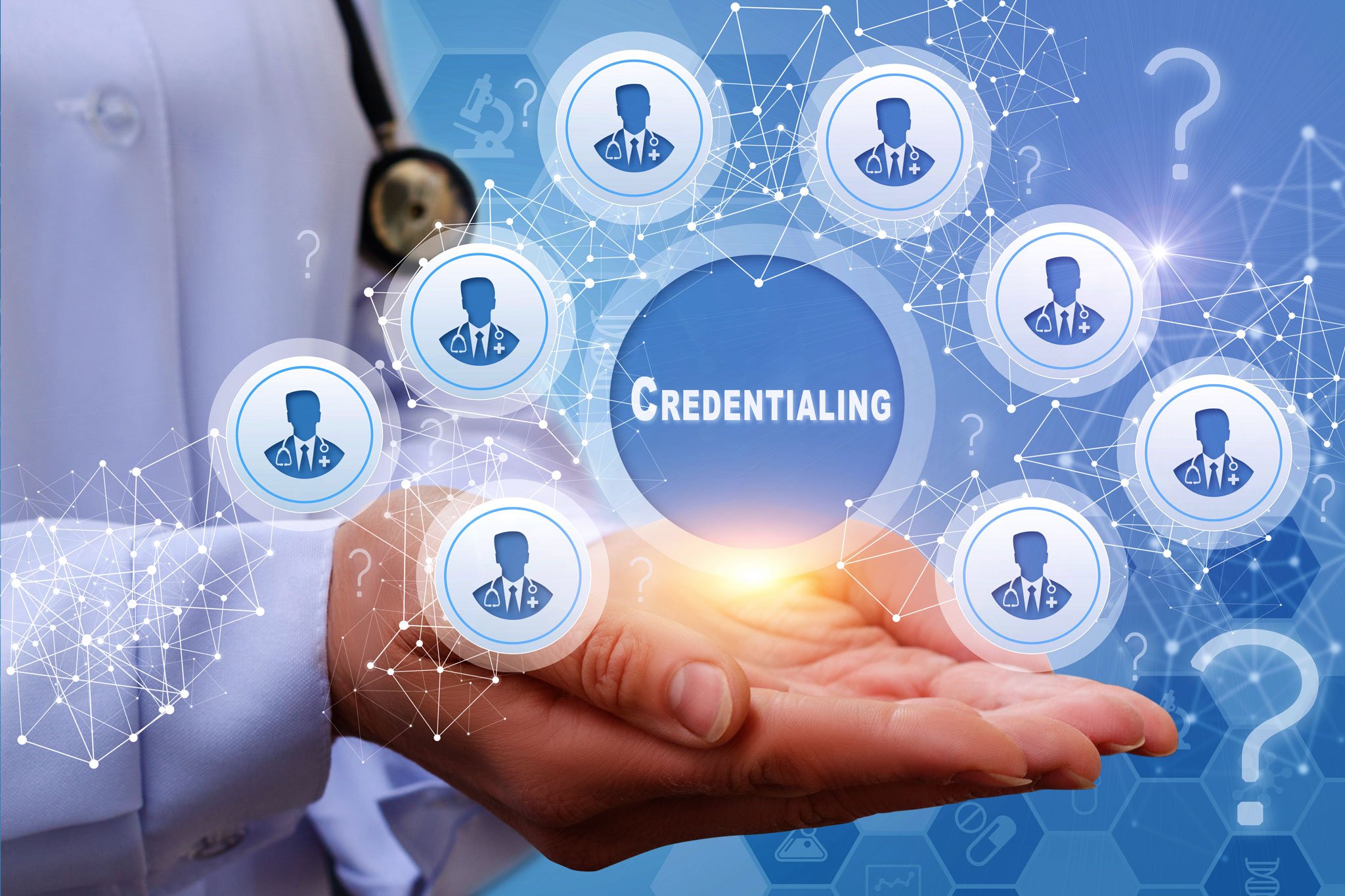If you are a healthcare provider, you should be aware of how big of an issue it could become if you botch a treatment or a procedure. Even a minor mistake could cost you hundreds, if not thousands, of dollars. And if it turns out that the practitioner’s professional credentials weren’t fully verified, that could boost the chances of the plaintiff walking away with the victory.
Credentialing: Protecting Health Institutions from Lawsuits

So, before we move on to why credentialing is essential in the current age, let’s find out what this process actually means.
Credentialing refers to the inspection, evaluation, and verification of the fact that a healthcare provider’s professional license, certifications, experience, education, and other factors are in line and good enough for the said provider to be practicing in their area of specialization.
When a practitioner’s credibility is evaluated on different fronts, it’s easy to assure the patients that they will be receiving unrivaled care from the practitioner in charge. Moreover, credentialing also makes sure that all healthcare professionals are subjected to the same standard.
This is where credentialing comes into play. The said process must be followed in all healthcare institutions. But what is credentialing? Luckily, SybridMD has all the answers you need.
Countless healthcare organizations as well as provider networks performs their own credentialing. Generally, a credentialing specialist or an electronic platform is used to perform the task in question.
Who is Eligible for Credentialing?

Basically, every licensed yet independent healthcare practitioner who has received clearance by law and is managed by a licensing company to offer healthcare services without being monitored must be credentialed.
While the laws of medical practice vary from state to state, what remains constant is the fact that just because a practitioner has a professional healthcare license doesn’t mean that they can offer patients any service they please to. A license doesn’t allow a healthcare professional to provide all sorts of clinical services. In fact, a license only gives them permission to practice in accordance with the privileges granted to them.
And what does privileging mean? Well, it’s a process that ensures the authorization of a healthcare professional and clears them to conduct a defined set of clinical services in accordance with their credentials and skills. It should be noted that every healthcare practitioner doesn’t get granted the same privileges.
The Necessity of Credentialing in the Healthcare Sector

Before any hospital or clinic sets out to acquire coverage from an insurance provider, it’s important for them to finalize the credential management process. At first, credentialing might appear as a mere documentation task that could be shelved for future consideration. However, that’s not the case at all.
In fact, credentialing safeguards a health institution from a variety of lawsuits. Additionally, it’s one of the most efficient ways to ensure that a healthcare professional is skilled enough to do justice to their job. Once these factors are made sure of, only then can the patients be assured of quality treatment. Many people often misunderstand credentialing for “enrollment” or “network contracting”.
Also, healthcare providers must make it a habit to keep their profiles updated in the system since this is from where networks and carriers usually acquire the credentialing data.
Verifying Credentialing Data

So, suppose that a healthcare provider has shared their credentials for evaluation. Now, the evaluating party must start by reaching out to the medical college that awarded the degree to the practitioner in question. Additionally, it is important to contact every organization that provided the practitioner with relevant certification or licensing. The provider’s experience and employment history should also be assessed.
Today, many hospitals have set up their own credentialing committees comprising physicians, nurses, and other workers. These committees are responsible for reviewing and verifying the status of membership as well as the privileges that should be granted to the professionals.
Credentialing: An Overview of the Process

For a healthcare organization to protect itself from lawsuits, it’s essential for it to have a system in place for regulating the administrative processes that urge the medical practitioners to offer reliable services.
For this to happen, however, the medical professionals must first realize that practicing is itself a privilege. And for someone to be granted that privilege, they need to be credentialed. Once they are credentialed, the subject of privileges can be visited. Here are some bylaws concerning the terms “privileges” and “credentialing”:
- A pre-application process should kick things off and verify if the practitioner under scrutiny meets the basic criteria for joining a hospital
- Set up a foundation for rejecting applications after the initial verification
- Set up a way for the rejected practitioners to reapply in the future
- Create a process for swift credentialing for emergency personnel
- Set up a procedure to minimize the practice for professionals who violate guidelines.
- Set up a way for outside medical specialist(s) to come over and either lecture your staff or conduct a critical procedure.
- Make sure that during emergency situations such as earthquakes, floods, etc., medical professionals are granted emergency privileges.
- Enforce a code of conduct/rules for healthcare providers and make them aware of the punishments for violating these rules.
- When it comes to medical professionals who received their training from a different country, it’s important to shadow these providers for a while before granting them privileges to carry on with their service(s).
Who Verifies Credentials?

There are numerous agencies across the United States that excel in verifying the credentials of medical professionals. For starters, the National Practitioner Data Bank (NPDB) is a government agency tasked with the same. Moreover, The American Board of Medical Specialties (ABMS) is a credible agency in this regard. And when it comes to verifying the credentials of a nurse, the American Association of Nurse Practitioners (AANP) assumes the responsibility.
We hope that this article did a good job of explaining to you the basics and necessities of the process of credentialing. The emphasis on this process has made it possible for citizens of the United States of America to put more trust in the healthcare system. On the other hand, credentialing makes it easy for medical institutions to steer clear of hefty lawsuits.








